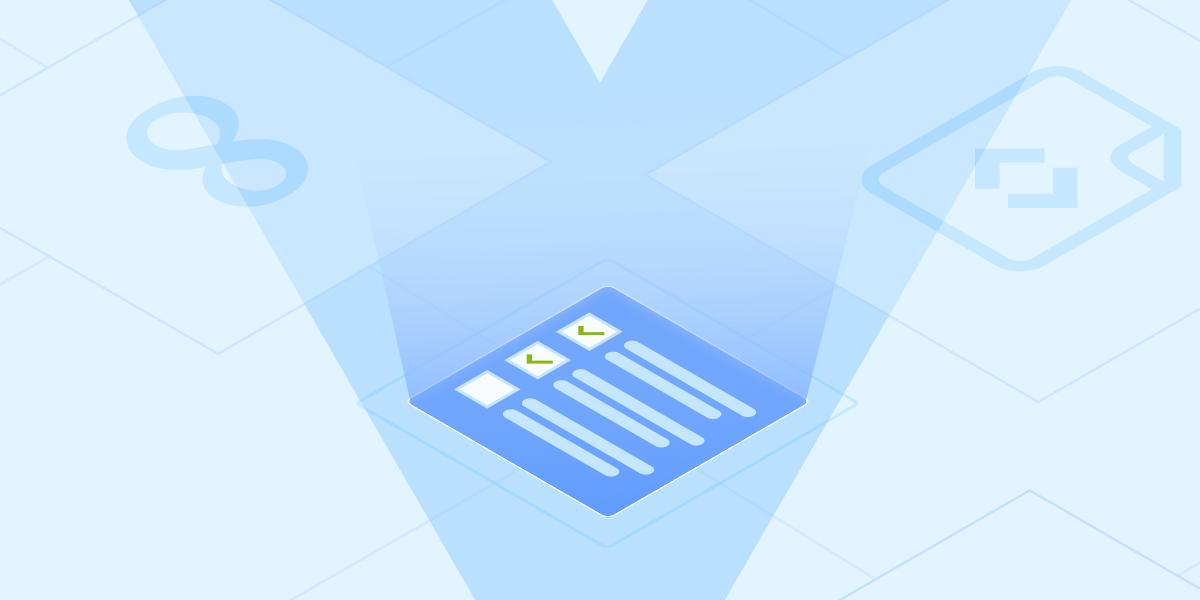
See Virtuoso QA in Action - Try Interactive Demo

Gain insights into enterprise automated testing, its economics, implementation strategies, and real-world ROI that drive measurable business impact.
Enterprise software delivery has reached a critical inflection point. With development cycles accelerating and quality expectations rising, automated testing has evolved from a technical nice-to-have into a strategic business imperative that directly impacts competitive positioning and financial performance.
This analysis examines proven automated testing implementation strategies and quantifies the ROI impact based on real enterprise deployments, providing decision-makers with data-driven frameworks for business case development and strategic planning.
Key Finding: Enterprises implementing comprehensive automated testing strategies achieve average cost reductions of 78-93% while improving release velocity by 40-75% and reducing production defects by 50-80%.
Financial Impact Analysis:
Strategic Conclusion: Test automation ROI consistently exceeds 300% within 18 months across industries, making it one of the highest-return technology investments available to modern enterprises.
Operational Expense Analysis Manual testing approaches consume enterprise resources through multiple cost vectors that extend far beyond direct labor expenses.
Direct Labor Allocation
Business Impact Quantification
Primary Financial Benefits Automated testing implementation generates value through multiple channels that compound over time.
Labor Cost Optimization
Business Value Generation
Objective: Establish automated testing capabilities and demonstrate immediate ROI through high-impact use cases.
Implementation Focus
Expected Outcomes
Objective: Expand automation coverage and implement advanced capabilities for sustained competitive advantage.
Implementation Focus
Expected Outcomes
Objective: Achieve full integration with enterprise development ecosystem and establish testing as competitive differentiator.
Implementation Focus
Expected Outcomes
Organization Profile: Multinational financial services company implementing digital banking platform transformation
Challenge: Manual testing bottlenecks preventing agile delivery and market responsiveness for customer-facing digital services
Automated Testing Implementation
Quantified Financial Impact
Strategic Business Outcomes
Organization Profile: Large-scale technology company with complex software products requiring extensive validation
Challenge: Resource-intensive manual testing processes creating bottlenecks and quality risks for mission-critical software releases
Automated Testing Implementation
Quantified Financial Impact
Strategic Business Outcomes
Organization Profile: Major insurance company undergoing comprehensive cloud platform migration and digital transformation
Challenge: Largest insurance cloud transformation globally requiring extensive testing coverage and validation
Automated Testing Implementation
Quantified Financial Impact
Strategic Business Outcomes
Organization Profile: Global systems integrator managing UK public sector technology implementations
Challenge: Optimizing testing costs and team structure while maintaining quality standards for large-scale government projects
Automated Testing Implementation
Quantified Financial Impact
Strategic Business Outcomes
Direct Labor Expenses
Hidden Cost Factors
Business Impact Costs
Platform Investment
Operational Efficiency
Value Generation
Annual Benefits = (Labor Savings + Quality Improvements + Speed Benefits + Risk Reduction)
Annual Costs = (Platform Licensing + Maintenance + Support + Training)
ROI Percentage = (Annual Benefits - Annual Costs) / Annual Costs × 100
Payback Period = Total Implementation Investment / Monthly Benefit Realization
Manual Testing Baseline:
- 2,000 hours monthly testing effort × $100/hour = $200,000 monthly cost
- 15 production defects quarterly × $100,000 average cost = $150,000 quarterly
- 6-week release cycles with 2-week testing bottleneck = 33% cycle time overhead
Automated Testing Transformation:
- 85% labor reduction = $170,000 monthly savings
- 70% defect reduction = $105,000 quarterly savings
- 50% cycle time improvement = significant revenue acceleration
Net Monthly Benefit: $170,000 + $35,000 + Revenue Acceleration
Annual ROI: 300-500% typical range for comprehensive implementationsCore Capabilities
ROI Advantages
Investment Characteristics
Capabilities and Limitations
ROI Characteristics
Technology Risk Management
Organizational Risk Mitigation
Automated testing represents a strategic investment opportunity with demonstrated ROI of 300-500% and cost reductions of 78-93% across diverse enterprise implementations. Success requires strategic platform selection, comprehensive implementation planning, and organizational commitment to transformation.
Prioritize AI-native platforms like Virtuoso QA that minimize maintenance overhead while maximizing business user accessibility and rapid ROI achievement.
Adopt phased deployment strategy starting with high-impact use cases to demonstrate early value and build organizational momentum.
View automated testing as strategic business enabler rather than tactical efficiency tool, with comprehensive change management and capability building.
Establish test automation ROI optimization as ongoing strategic priority with continuous improvement and competitive advantage development.
Organizations achieving the highest returns from automated testing investments are those that approach implementation strategically, select appropriate technology platforms, and commit comprehensively to organizational transformation. The financial case is compelling, the technology is proven, and the competitive advantage is substantial for enterprises ready to embrace intelligent automation.
Enterprises typically achieve test automation ROI of 300-500% within 12-18 months, with cost reductions ranging from 78-93% across testing operations. AI-native platforms like Virtuoso deliver faster ROI (3-6 months payback) compared to traditional frameworks (8-15 months) due to minimal maintenance requirements and rapid implementation capabilities.
AI-native platforms require higher upfront licensing investment but deliver lower total cost of ownership through minimal maintenance and rapid deployment. Traditional frameworks have lower licensing costs but require significant custom development and ongoing maintenance investment. Automated testing platforms with self-healing capabilities typically deliver 85% lower maintenance costs over time.
Platform selection has the greatest ROI impact—AI-powered solutions deliver 10x faster implementation than custom frameworks. Implementation strategy (phased vs. comprehensive), organizational change management, and use case prioritization significantly affect outcomes. Executive sponsorship and comprehensive training determine long-term success and sustained value realization.
Automated testing implementation timelines vary by approach: AI-native platforms achieve initial value within 4-8 weeks, while traditional frameworks require 3-6 months for basic capabilities. Full enterprise deployment typically requires 6-18 months depending on scope, complexity, and organizational readiness. Phased approaches enable earlier ROI realization and risk mitigation.
Hidden costs include organizational change management (20-30% of total investment), training and skill development, integration complexity with existing tools, and process redesign requirements. Maintenance overhead varies dramatically by platform—traditional frameworks require 60-70% of budget for maintenance while AI-native platforms require 10-15% through self-healing capabilities.
Financial services achieve 250-400% ROI through regulatory compliance automation and risk reduction. Healthcare organizations realize 300-500% ROI via patient safety and regulatory validation. Insurance companies achieve 200-350% ROI through claims processing and policy management automation. Technology companies typically achieve highest ROI (400-600%) through development velocity acceleration.
Enterprise Implementation Resources:

Try Virtuoso QA in Action
See how Virtuoso QA transforms plain English into fully executable tests within seconds.